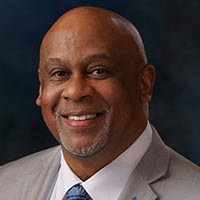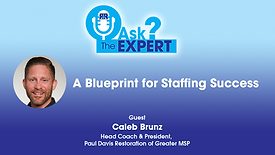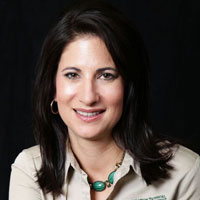Home » Keywords » employee retention
Items Tagged with 'employee retention'
ARTICLES
3 Critical Areas of Focus for Attracting and Keeping Great Workers
Read More
Ladder Award Nominations Open for 2022!
Celebrating Outstanding Young Restoration Pros 35 Years and Younger
Read More
When it Comes to Hiring, Nurture Your Silver Medalists
Considerations for Restoration Businesses in a Candidate-Driven Market
Read More
Rethinking Recruiting in Restoration: Attracting A Players and Nurturing B’s
Ask the Expert
March 1, 2022
A Blueprint for Staffing Success: The Story of Paul Davis Restoration of Greater MSP
Ask the Expert
February 8, 2022
Get our new eMagazine delivered to your inbox every month.
Stay in the know on the latest disaster restoration and remediation trends.
SUBSCRIBE TODAY!Copyright ©2022. All Rights Reserved BNP Media.
Design, CMS, Hosting & Web Development :: ePublishing















